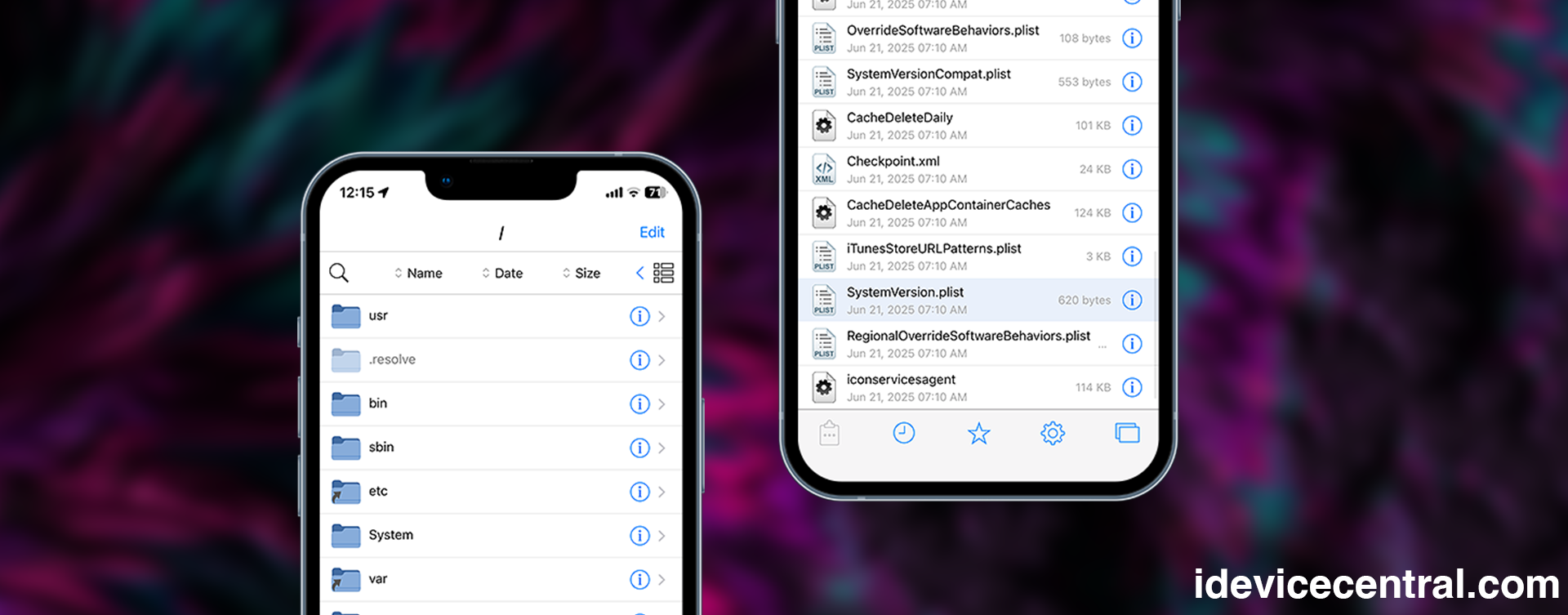Legacy software modernization is updating and improving existing software systems to meet businesses’ changing needs.
It involves various techniques, including upgrading outdated systems, integrating new technologies, and ensuring compliance with current standards.
The main drivers of legacy software modernization are improving performance, enhancing security, and ensuring compatibility with modern technologies.
Benefits of Legacy Software Modernization Services
Modernization tools like Annex can help businesses seamlessly transition from outdated legacy systems to more efficient, scalable software solutions. The benefits of legacy software modernization services are numerous. Modernized software can lead to better system performance and operational efficiency. It also enhances security by protecting against modern security threats. Additionally, modernized software can scale to meet growing business demands and adapt to new requirements.
Legacy software modernization services also improve user experience by providing more intuitive interfaces and seamless interactions.
Modern systems often incorporate the latest design principles and user-centric features, which can significantly increase user satisfaction and productivity. By modernizing outdated software, businesses can ensure their employees and customers can access the best possible tools and experiences.
Furthermore, modernizing legacy software can lead to cost savings in the long run. Older systems often require more maintenance and are more prone to downtime, which can be costly.
On the other hand, upgraded systems tend to be more reliable and easier to maintain, reducing the need for extensive IT support and minimizing disruptions to business operations.
Overall, the investment in software modernization can result in substantial financial benefits and a more agile, future-proof IT infrastructure.
Resource and Staff Augmentation in Modernization
Resource augmentation provides access to specialized skills and expertise to support modernization, ensuring that projects benefit from the latest technologies and methodologies.
Meanwhile, staff augmentation involves hiring temporary or contract workers to fill skill gaps and increase productivity, offering flexibility in scaling teams based on project needs.
These strategies empower organizations to navigate complex modernization processes efficiently and effectively, driving innovation and enhancing overall business agility.
Resource and staff augmentation has become crucial in the modernization landscape, allowing organizations to adapt to evolving technological demands rapidly.
By leveraging resource augmentation, companies can tap into a diverse pool of experts who bring cutting-edge skills and knowledge to the table, ensuring that modernization projects are executed with the highest level of proficiency.
Staff augmentation complements this by allowing organizations to seamlessly integrate temporary or contract workers into their teams, addressing immediate skill shortages and boosting productivity.
This dual approach fosters innovation and enhances business agility, enabling organizations to stay competitive in a fast-paced, ever-changing environment.
How Resource and Staff Augmentation Support Modernization
Resource and staff augmentation provides several benefits during the modernization process.
They offer access to experts with specialized skills in legacy software modernization, scalability of teams, speed and efficiency, and cost management.
This approach allows organizations to tackle complex modernization challenges with agility, leveraging external expertise to streamline workflows and meet project milestones effectively.
By integrating resource and staff augmentation strategies, businesses can optimize their modernization initiatives, ensuring sustainable growth and competitiveness in today’s dynamic technological landscape.
Case Studies and Examples
Several companies have successfully modernized their legacy systems using resource and staff augmentation.
For example, a significant bank modernized its legacy system using a combination of resource and staff augmentation.
The bank improved system performance, enhanced security, and reduced maintenance costs. Another case involves a multinational retailer that leveraged staff augmentation to implement new e-commerce functionalities, significantly increasing online sales and customer engagement.
These examples demonstrate the versatility and effectiveness of resource and staff augmentation in achieving modernization goals across different industries and operational contexts.
Best Practices for Successful Modernization and Augmentation
Several best practices can ensure successful legacy software modernization and resource and staff augmentation.
These include thorough assessment and planning, choosing the right partners, effective communication and collaboration, and continuous monitoring and improvement. It’s crucial to conduct comprehensive risk analysis and mitigation strategies throughout the process to address potential challenges proactively.
Additionally, fostering a culture of knowledge sharing and learning within augmented teams can enhance productivity and innovation, driving long-term success in modernization efforts.
Challenges and Solutions
Integration issues and resistance to change are common challenges in legacy software modernization and resource and staff augmentation.
To overcome these challenges, businesses can use change management practices and leverage modern tools and technologies.
Implementing phased approaches to integration and change and comprehensive training programs for staff can facilitate smoother transitions and minimize disruption.
Additionally, maintaining open communication channels and soliciting stakeholder feedback throughout the process help proactively address concerns and ensure alignment with organizational goals.
Conclusion
In conclusion, legacy software modernization services and resource and staff augmentation are essential for businesses to stay competitive in today’s digital world.
Companies can make informed decisions about their software development strategies by understanding the benefits and strategies of legacy software modernization and the importance of resource and staff augmentation.
The future of legacy software modernization is exciting, with new technologies and trends constantly emerging. For example, cloud computing, artificial intelligence, and machine learning transform how businesses operate and interact with customers.
Credit: Photo by Fotis Fotopoulos on Unsplash
More iDevice Central guides
- iOS 17 Jailbreak RELEASED! How to Jailbreak iOS 17 with PaleRa1n
- How to Jailbreak iOS 18.0 – iOS 18.2.1 / iOS 18.3 With Tweaks
- Download iRemovalRa1n Jailbreak (CheckRa1n for Windows)
- Dopamine Jailbreak (Fugu15 Max) Release Is Coming Soon for iOS 15.0 – 15.4.1 A12+
- Cowabunga Lite For iOS 16.2 – 16.4 Released in Beta! Install Tweaks and Themes Without Jailbreak
- Fugu15 Max Jailbreak: All Confirmed Working Rootless Tweaks List
- iOS 14.0 – 16.1.2 – All MacDirtyCow Tools IPAs
- iOS Jailbreak Tools for All iOS Versions





Leave a Reply
You must be logged in to post a comment.